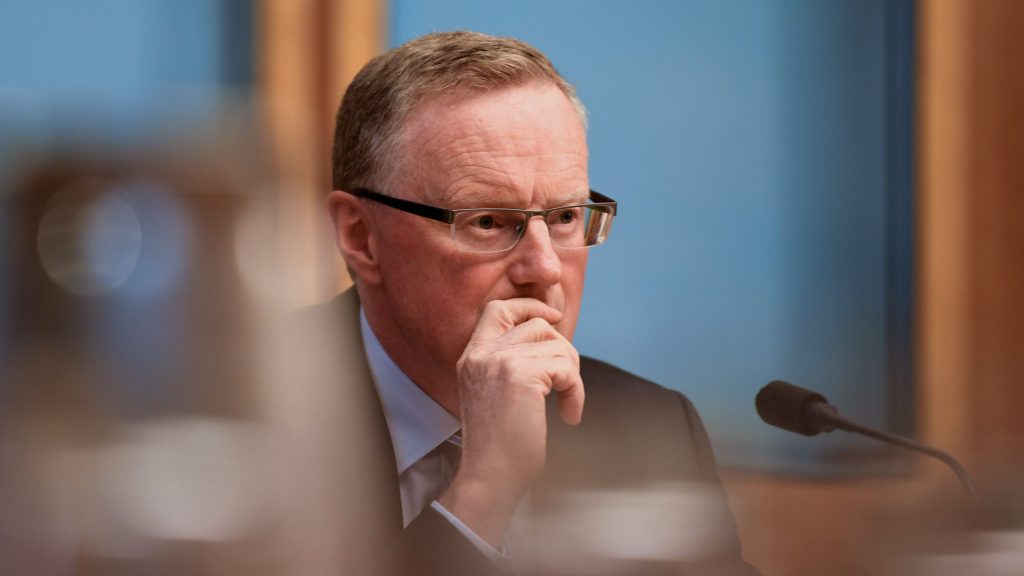Out of uncertainty, volatility, and fragility will emerge opportunity, according to Deloitte Access Economics’ Dr Pradeep Philip and Stephen Smith.

It was a year that promised so much. As Australia roared out of the Delta lockdowns and vaccination rates climbed, 2022 began with palpable relief and resurgence.
Already by late 2021 consumer confidence was sustainably above pre-COVID levels, the unemployment rate was on the cusp of dipping below 4% and, according to most forecasts, the Australian economy was to spend 2022 gently navigating the ‘narrow path’ between an overheating labour market and a deteriorating global backdrop.
That narrow path proved far more challenging than expected. The year started with further reminders that the climate is changing. Devastating flooding throughout much of Australia’s east coast joined fire and pestilence to add another biblical theme to Australian summers of recent years.
And in late February, Russia invaded Ukraine and an energy price spike tipped the global economy over the edge. Elevated inflation in the United States and the United Kingdom – which had been bubbling away for several months – began to accelerate; global economic growth has slowed, central banks have raised interest rate higher and faster than most people expected.
The potential implications for the Australian economy of these two global challenges – elevated inflation and the war in Ukraine – were initially and incorrectly downplayed. As late as February 2022, Reserve Bank Governor Phil Lowe noted that “based on the evidence we have, it is too early to conclude that inflation is sustainably in the target range”. But the combination of post-COVID supply chain challenges and the surge in oil and other energy costs as a result of the Ukrainian conflict meant that Australia was not immune.

What followed through the remainder of 2022 will be remembered for the sharpest inflation surge in four decades, the lowest unemployment rate since the early 1970s, seven consecutive interest rate increases for the first time on record, the worst deterioration in real wages since the 1980s, an apology from the Reserve Bank Governor, and one of the most challenging economic environments to confront a new government in living memory.
What might 2023 have in store? Noting the unexpected challenges and crises that rendered forecasts of growth and inflation in 2022 remarkably inaccurate, any predictions for the year ahead come with a warning label; uncertainty, volatility, and fragility remain a constant theme.
After the headlines throughout 2022, with any luck the economic data in 2023 may feel borderline boring. Deloitte Access Economics’ forecasts have inflation gradually receding through the year alongside modest economic growth of less than 2%. The unemployment rate is expected to lift only gradually, while real wage growth will almost certainly remain deeply negative. The international backdrop will be challenging – recessions are underway in the United Kingdom and Europe, while the chances that the United States will avoid recession in 2023 are diminishing. Meanwhile, the outlook in China is highly dependent on the approach to dealing with the pandemic.
But the real story of 2023 may be one of policy decisions, not data. Just as COVID-19 emphasised the extent of interconnectedness of the global economy, so too has the pandemic’s aftermath, with one consequence being the potential for a greater role for policy intervention in markets. Price caps on gas and coal, announced by the Federal Government at the end of 2022, are a clear example, and others may emerge throughout the course of 2023.

After what turned out to be more of a ‘mini budget’ in October 2022, the Federal Government will hand down a budget in May that will need to include more decisions, a credible plan to meet the rapidly growing cost of key spending programs and start to address a revenue base which has become dated. A new Intergenerational Report is also due to be released in 2023, updating the official forecasts of the longer-term pressures on the public purse. Both documents are worth watching closely for clues as to how policy will affect the Australian economy in 2023 and beyond.
Courage regarding investments in renewable energy power and infrastructure must be shown by state and federal governments in 2023, no matter how tempting it might seem to rely on traditional energy sources when energy bills are skyrocketing. With COP27 warning the world that emissions must peak by 2025 if global warming is to be kept below 1.5 °C, the next few years are crucial to ensuring we meet our climate goals.
Out of uncertainty, volatility, and fragility will emerge opportunity. If 2022 was the year the world refused to return to normal, 2023 must be the year we shape what ‘normal’ looks like in the future.
Dr Pradeep Philip is Lead Partner, Deloitte Access Economics and Stephen Smith is Partner, Deloitte Access Economics